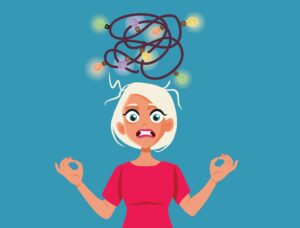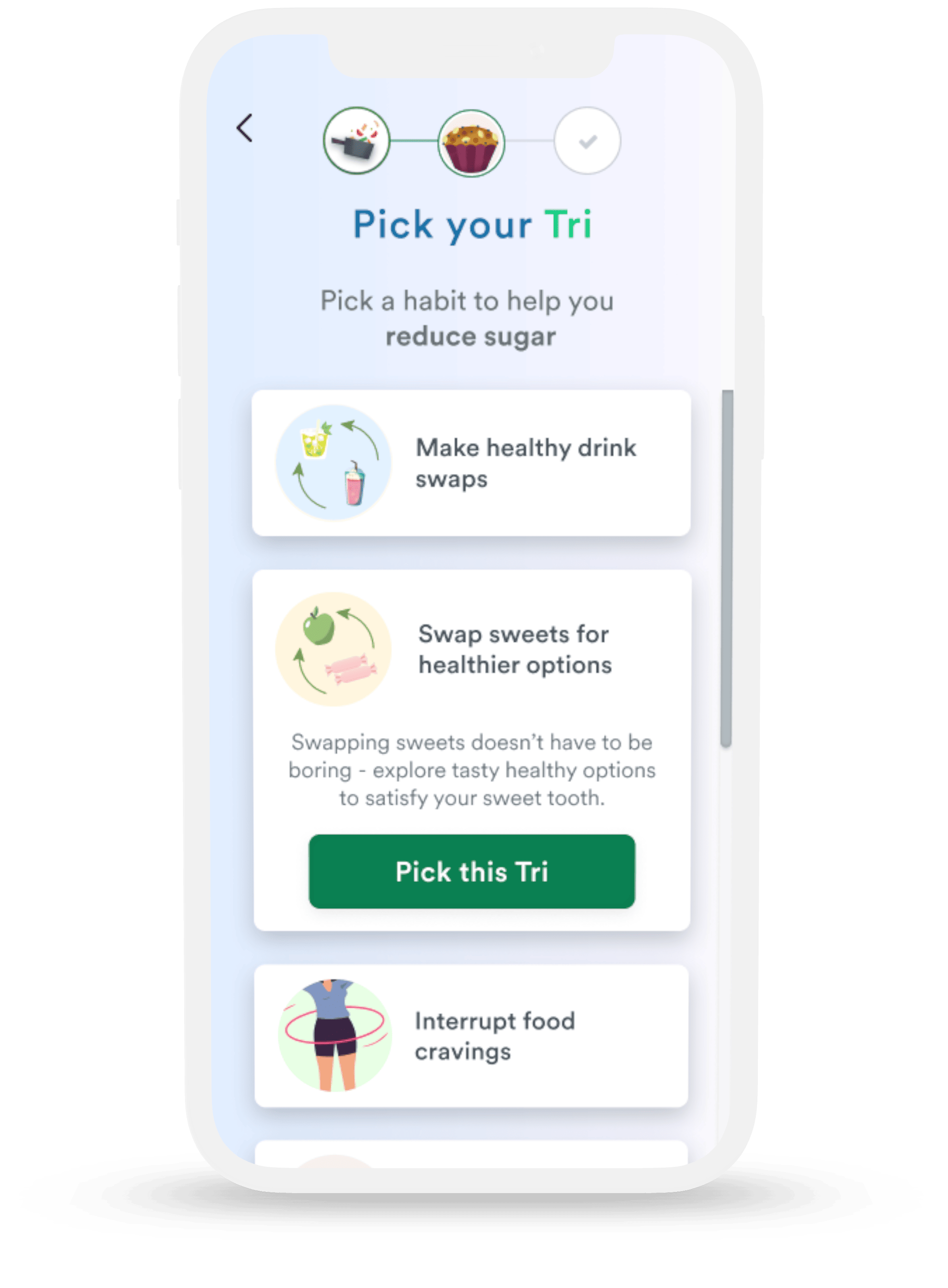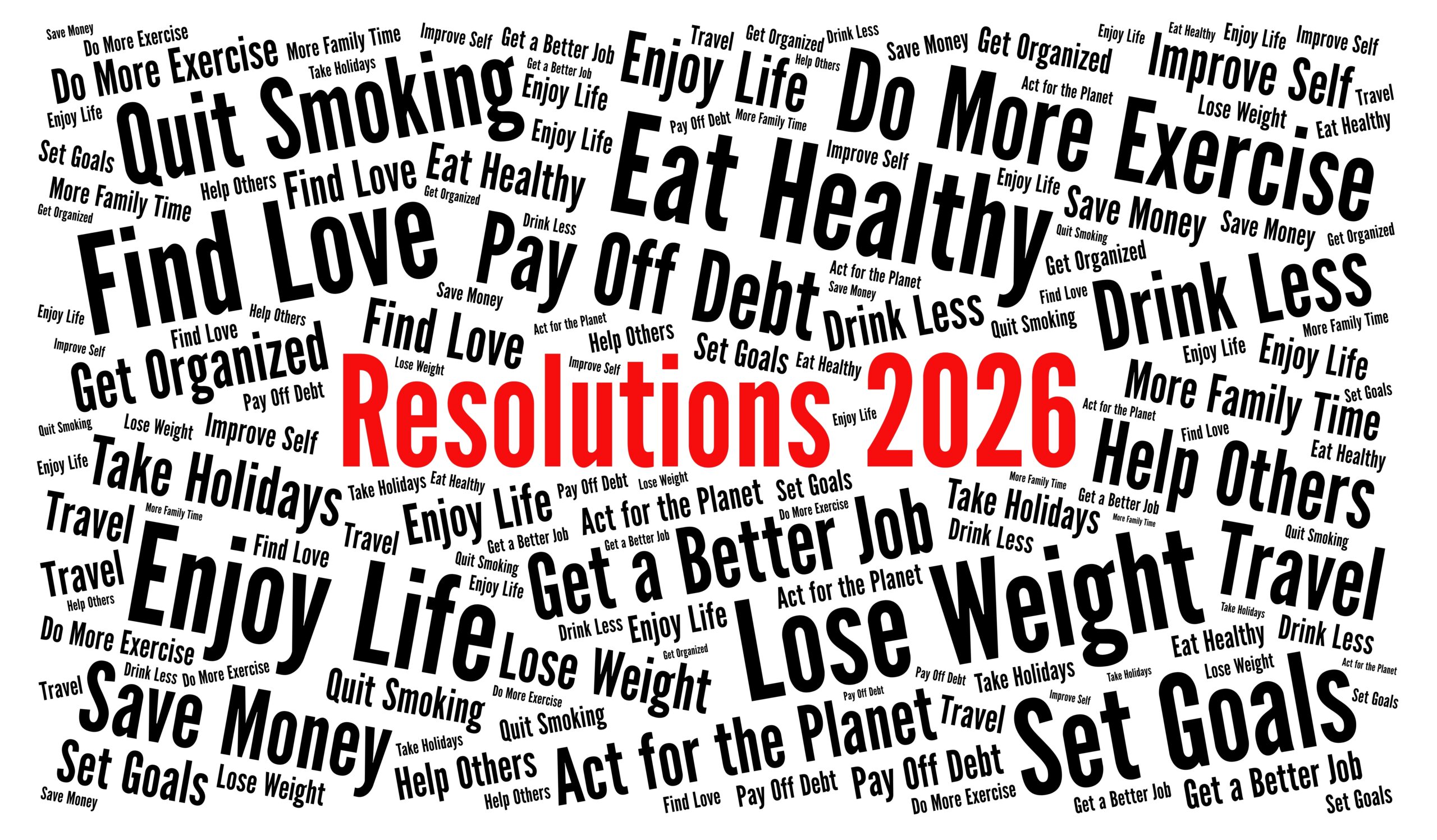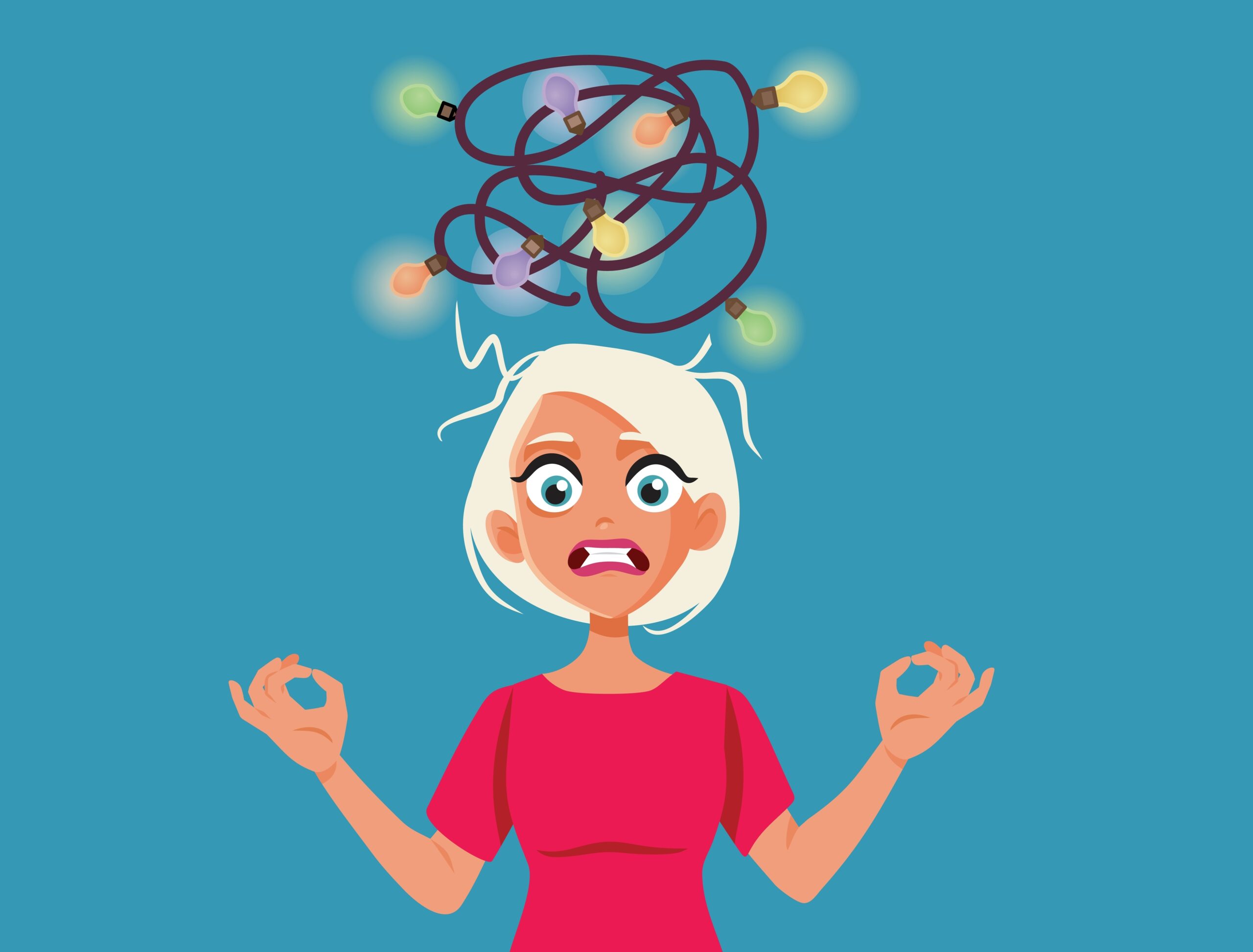Have you ever tried something new and failed? I’d be willing to bet you have no interest in trying it again. That’s because of a tiny structure in our brain called the habenula – it’s our motivation kill-switch.
Read on to learn what the habenula is, what it does, and how it impacts our lives.
What is the Habenula?
The habenula is a complex and mysterious brain structure that makes up part of the epithalamus. It is located posterior to the thalamus and adjacent to the third ventricle. It has two functionally different segments, the medial habenula (MHb) and the lateral habenula (LHb).
It has been gaining interest in recent years – and for good reason, too. The lateral habenula has shown links to sleep, addiction, pain, and anxiety. It is directly involved in reward processing and goal-directed behaviors.1 Current research on the lateral habenula indicates that this small, yet critical component, of our brains helps us to choose appropriate actions in the face of potential reward and punishment – it’s necessary for survival.2
What Does the Habenula Do?
Technically speaking, the habenula receives inputs from the limbic system and basal ganglia primarily through the stria medullaris.3 It is activated when we experience something negative or we do not receive a reward that we anticipated. Once the habenula is activated, it can inhibit dopaminergic neurons, which reduces the motivation we feel after experiencing a negative event. In short, when we try something and fail, the habenula kicks in.
It alters the flow of dopamine, one of the body’s feel-good hormones, and attempts to prevent us from trying again. In the same vein, the habenula plays a role in learning as it teaches us to avoid aversive stimuli in the future.
Its job doesn’t end there! The habenula also impacts mood regulation. An overactive habenula can lead to feelings of sadness, anxiety, and depression.4 Avoiding an overactive habenula by reducing stress is an important piece of our health and wellness journey.
How Does the Habenula Impact Our Lives?
Ever wondered why it can be so hard to find motivation to work out? The last time you went, it was painful and exhausting, and your habenula screamed at you to never try that again. Every time our brain perceives failure or pain, it begins actively working to prevent those negative feelings from occurring again. It’s a survival mechanism.
This tiny brain structure has more sway in our day than getting a hot cup of coffee into our system. But it doesn’t have to control our lives. This is where mindset training can have a significant impact on our lives.
Mindset training refers to the way you think about yourself and your experiences and positively changing them. When we try something new or when something feels like a failure, we can leverage mindset training to help us find the motivation to keep trying. Essentially, we must adopt an iterative mindset.
Iteration is the act of “tweaking” or pivoting a process or idea through repetition. Rather than throwing the towel in on a process or idea, we simply change course and try again. Iterators never fail.
Through an iterative mindset, we can avoid these “habenula events” that cause us to avoid negative stimuli. It’s very likely that you do not lack motivation or that you haven’t “tried hard enough” to change – your habenula is working against you and your desire for change. We can bridge the brain-behavior gap – the gap that exists between what you want to do and what you end up doing – by iterating our way toward success. The practice-and-iteration approach to behavior change has been seen in observational studies as being incredibly effective, leading experts to believe that the Iterative
The Habenula is the Silver Bullet of Behavior Change
“I know what I should do. I just don’t know why I don’t do it.” We’ve all said it before. And we’ve all experienced the feelings of failure.
But it’s time to take back control of our well-being. Anyone can iterate their way toward optimal habits for wellness, performance, and focus when they leverage the Iterative Mindset Method™. Using a brain-science-based method to behavior chance, we can finally walk the path of self-acceptance and stomp out the feelings of failure that impede our progress.
An iterative mindset might be the missing piece to your wellness journey. So how do you get started? FreshTri has a healthy habit motivation app and it’s free to download. Want to try it out? Download the FreshTri app and start practicing today!
References
- Hikosaka O, Sesack SR, Lecourtier L, Shepard PD. Habenula: crossroad between the basal ganglia and the limbic system. J Neurosci. 2008;28(46):11825-11829. doi:10.1523/jneurosci.3463-08.2008
- Baker, P. M., Jhou, T., Li, B., Matsumoto, M., Mizumori, S. J., Stephenson-Jones, M., & Vicentic, A. (2016). The Lateral Habenula Circuitry: Reward Processing and Cognitive Control. The Journal of neuroscience: the official journal of the Society for Neuroscience, 36(45), 11482–11488. https://doi.org/10.1523/JNEUROSCI.2350-16.2016
- Hikosaka O, Sesack SR, Lecourtier L, Shepard PD. Habenula: crossroad between the basal ganglia and the limbic system. J Neurosci. 2008;28(46):11825-11829. doi:10.1523/jneurosci.3463-08.2008
- Browne, C. A., Hammack, R., & Lucki, I. (2018). Dysregulation of the Lateral Habenula in Major Depressive Disorder. Frontiers in synaptic neuroscience, 10, 46. https://doi.org/10.3389/fnsyn.2018.00046













